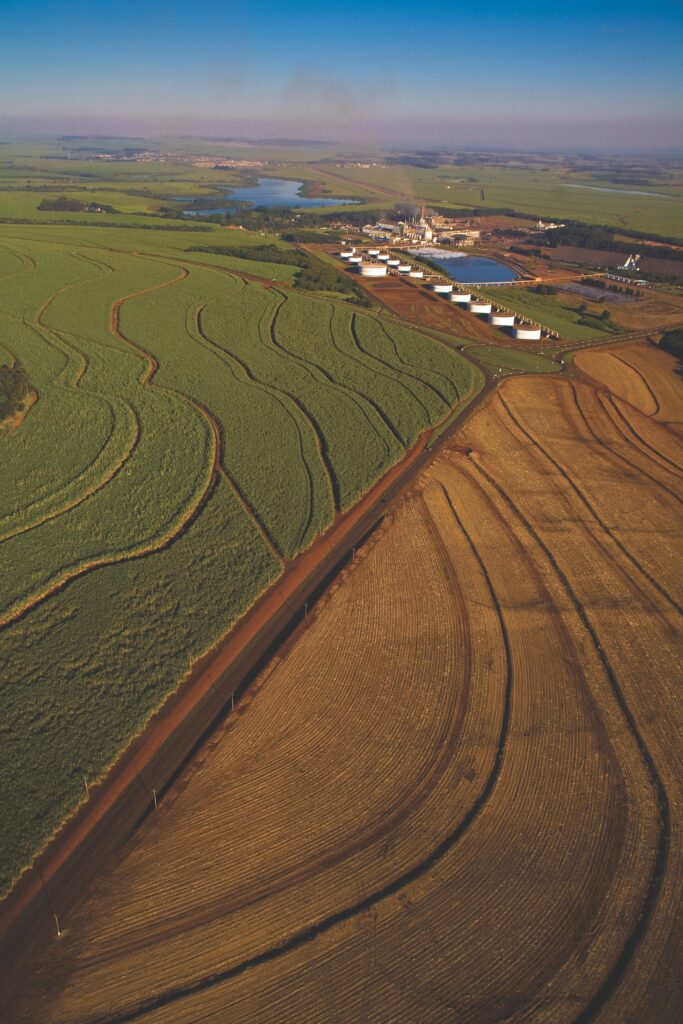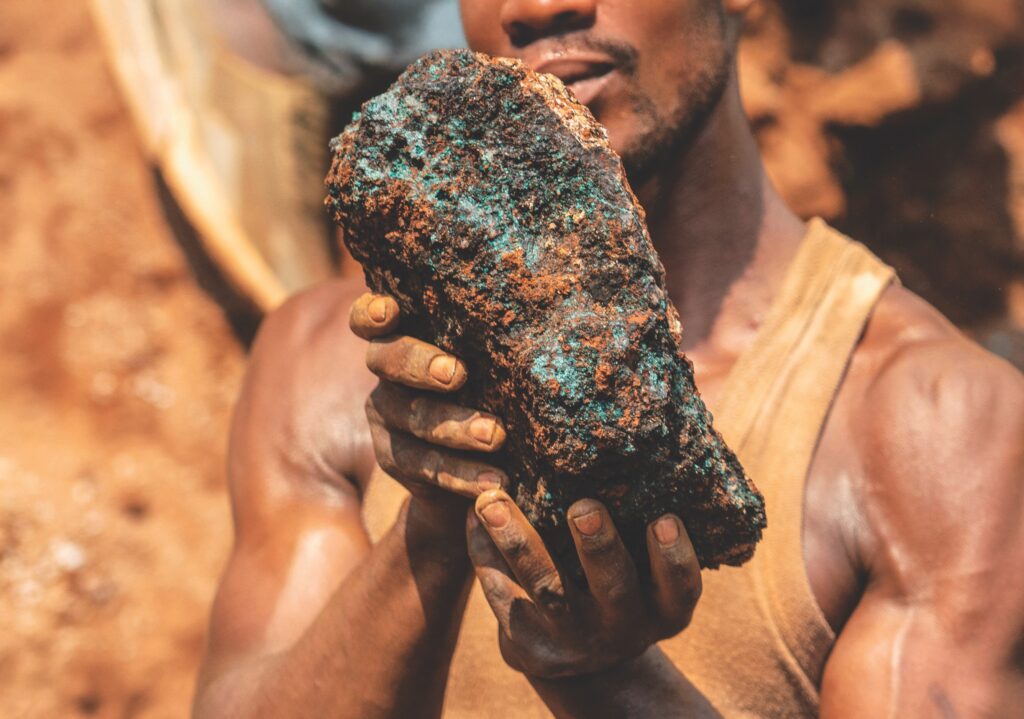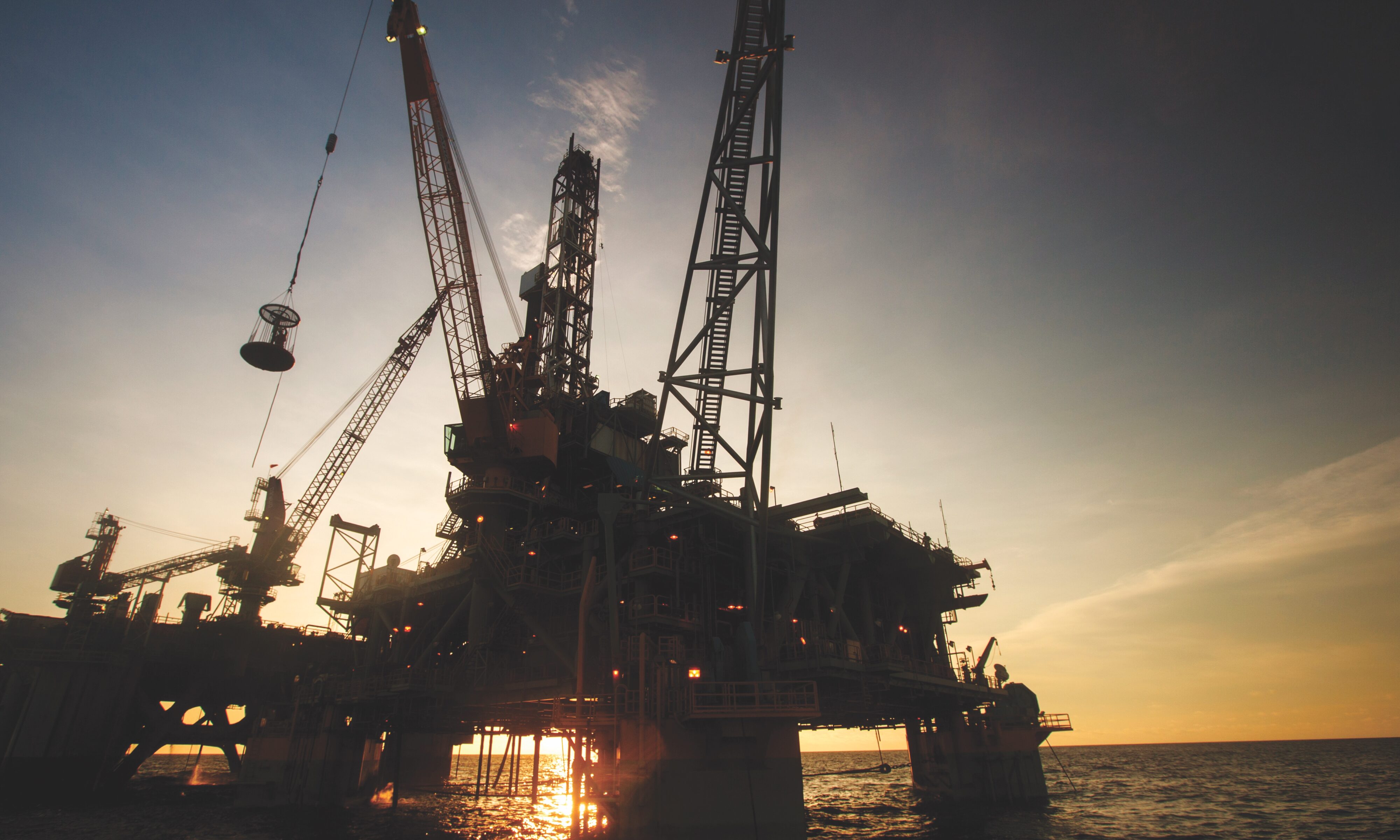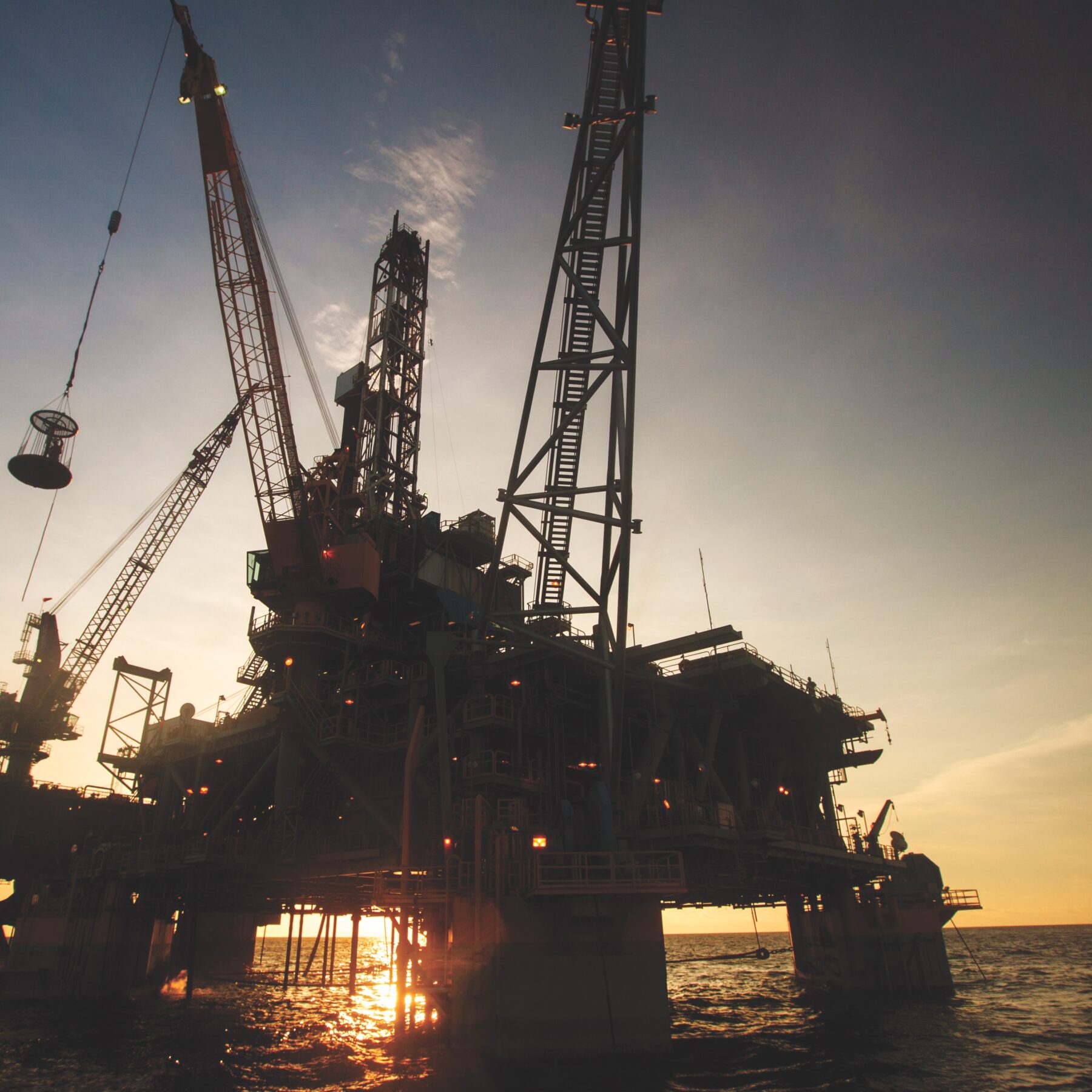In May 2015, oil and gas giant ExxonMobil struck gold off the coast of Guyana: deepwater drillships had found offshore oil. It was a discovery that would immediately catapult the tiny nation onto the world’s energy stage and fundamentally reshape the trajectory of the country’s future.
Dubbed the Liza Discovery, two wells, Liza-1 and Liza-2, struck oil in the Guyana Basin, nearly 200 kilometres off the coast of the capital, Georgetown. These wells, drilled deep into the seabed, marked ExxonMobil’s first major exploration success in Guyanese waters. Initial estimates placed the find at between 800 million and 1.2 billion barrels of oil.
What followed was a wave of further discoveries. Subsequent drilling revealed that the area, known as the Stabroek Block, holds nearly 11 billion barrels of oil. ExxonMobil projects production to reach around 1.3 million barrels per day by 2027, a figure that could eclipse the current daily output of current oil giants like Qatar, Saudi Arabia and Kuwait, as well as that of Venezuela, which currently ranks as the second-highest oil producer in South America, behind Brazil.
The Liza Discovery is now regarded as one of the most significant oil finds of the 21st century—and a turning point for Guyana, long among the smallest and most economically limited nations in South America (and with little experience in oil production). Guyana’s partnership with ExxonMobil has brought newfound hope. The promise of oil wealth presents an opportunity to transform the country’s economy and stake its claim as a rising player in the global energy market.
Guyana’s rise to becoming a top energy producer is not an isolated case. It’s part of a broader global shift in which countries once considered secondary players (or even non-players for the majority of the 20th century) are rapidly changing the energy landscape. From Brazil’s rapid biofuel boom to the mineral rush in various countries in the African continent, in regions such as Namibia, the Democratic Republic of Congo (DRC) and Zambia, old dependencies are giving way to new ones.
A (Partially) New Era of Alliances
“We were used to the United States and European powers having so much influence around the world,” says Edward Akuffo, a political science professor at the University of the Fraser Valley whose background is in international relations and comparative politics in developing countries. “But now it looks like that is gradually shifting as these emerging countries are becoming economic powers in their own right.”
Akuffo points out that nations across the African continent, in particular, have long been of strategic interest to the U.S. and European powers, thanks to raw materials like timber, cocoa, tea and spices, as well as traditional resources such as oil and gas. What’s different now, he says, is the growing demand for what he calls “new resources” like lithium, cobalt and copper—materials that are critical to the global green economy.
“It really has intensified the geopolitical competition, which has now moved to the next notch,” he says.
This “next notch” represents a new era of alliances. Countries outside North America and Europe are making strategic plays, particularly in Africa, and none more so than China, which in recent years has become one of Africa’s largest foreign investors in the energy and mining sectors. According to the African Energy Chamber, the country is now Africa’s “largest bilateral trading partner in the last 20 years,” while the Africa Policy Research Institute found that the trade volume between China and Africa reached around US$300 billion in 2022 (roughly CAD$416 billion), nearly triple the volume between the United States and Africa.
China has also positioned itself in Guyana’s oil boom, with the China National Offshore Oil Corporation (CNOOC) holding a 25 per cent stake in the Stabroek Block.
Of course, North America and Europe are still largely at play for many, if not all, of these new energy titans. The United States is still Guyana’s most dominant alliance with its large oil reserves. While the CNOOC may have a stake in the Stabroek Block, two American companies make up the rest of the stakes. ExxonMobil, which is the main operator of the oil drills, has a 45 per cent share, and Hess Corporation has 30 per cent (this may change, however, as Hess’s share is in the process of being bought by Chevron).
Similarly, Brazil is the world’s largest producer of sugar-based ethanol, a type of biofuel, as well as the largest ethanol exporter. Although one of Brazil’s top export markets is Japan, which lacks large oil reserves, European countries—especially Germany—remain major markets, particularly because of car companies like Volkswagen.

The Historical Context of Resource Exploitation
As Akuffo notes, these new, emerging energy producers were always of interest to North America and Europe. This was especially true during the peak of European colonization, which occurred from the 1500s to the mid-20th century. During this period, European nations systemically exploited such communities for their resources.
The spice trade in Africa, for example, led countries like Portugal to set up trading posts and military ports to aggressively dominate the flow of goods for their economic gain. One of the reasons the transatlantic slave trade was created was to force people from Africa to labour on the sugarcane plantations in the Caribbean and in South America, lands that were formerly inhabited and mainly managed by Indigenous communities.
Now, in a post-colonial world, will it be possible for new energy producers—be it Brazil, the DRC or Guyana—to have these Global North alliances and hold economic power in the long term, without the same relations of exploitation? Or will old power dynamics still linger?
The Dilemma of Energy Wealth, Infrastructure and Political Power
For Jennifer Eaglin, an associate professor in the department of history at Ohio State University, with a background in Latin American history and energy development, it would depend on certain caveats.
With Brazil, for instance, one could argue that it’s “still building geopolitical alliances around agricultural exports,” she says, since sugarcane ethanol is a type of energy that derives from agriculture.
Brazil’s state-owned petroleum company Petrobras is also heavily invested in the nation’s oil, with its former president Jean Paul Prates declaring the company’s desire to extract “every last drop of oil”—including in the Amazon rainforest.
Knowing this, Eaglin says that some might argue that there’s been a long-standing pattern where industrialized countries—mainly in the Global North—rely on agricultural and mineral resources from industrializing or developing nations like Brazil. These countries supply the raw materials, while the wealthier nations are the primary consumers. So even as Brazil develops, this dependency dynamic hasn’t really shifted, and there’s not a true rebalance of power, she says.
However, in this day and age, where there is an ongoing climate crisis, and catastrophic events related to climate change are occurring more and more, there is a stronger incentive for Global North countries to look up to and develop ethical relationships with countries like Brazil, who hold this greener energy and have the systems in place to produce vast amounts of energy.
“That creates even more power for the countries that have already set up this infrastructure versus countries that are trying to, at various rates, decarbonize,” Eaglin said.
For countries like Guyana, where energy wealth is tied to less environmentally sustainable resources like oil, and alternative infrastructure remains limited, forging and sustaining strategic alliances—while retaining sovereign influence—may prove more challenging in the near term.
The Cooperative Republic of Guyana gained independence from the United Kingdom in 1966. Nearly 30 years later, Guyana decided to pursue oil on its lands and waters, particularly in an exclusive economic zone (which is defined by the United Nations as an area that is zero to roughly 370 kilometres off a state’s coastline).
However, due to its impoverished status, lack of oil extraction options and high costs to drill into the seabed, the country hired Exxon and—at the time—Shell (which dropped out in mid-2014) to carry out the drilling and searching. This was done by dividing up the economic zone into various blocks, like the 6.6 million acre Stabroek Block, where oil was eventually discovered in 2015.
Today Guyana is governed by a rather authoritarian party, the People’s Progressive Party (which is mainly Indo-Guyanese dominated); it’s been in power over the majority of the Republic’s establishment, says Janette Bulkan, a board of directors member of Oil & Gas Governance Network, a non-profit that advocates for Guyanese peoples as it relates to oil exploration.
At the time of the oil discovery, however, the People’s National Congress Reform (PNCR) party was in power (from 2015 to 2020), which signified hope for many Guyanese citizens, says Bulkan, who is also a forest resources management professor at the University of British Columbia. The PNCR, which is mainly Afro-Guyanese dominated, brought in speakers from the World Bank and the Inter-Development American Bank “to think about ways of structuring oil for long-term benefits,” Bulkan says.
However, a petroleum agreement between the Guyanese government and the three major corporations handling the country’s oil boom (Exxon, CNOOC and Hess) was made in 2016. In retrospect, Bulkan believes that Guyana got a raw deal. The agreement indicates that Guyana will pay all the income taxes of the three corporations. Guyana also receives a two per cent royalty rate on gross earnings and a 50 per cent split of the profits, lower than the average 75 per cent that governments with oil abundance typically receive.
Even the profits are slim, says Bulkan, since 75 per cent of the revenue of oil that’s sold every month goes to offsetting the costs Guyana has incurred to date in drilling (the oil companies can ask Guyana to reimburse 100 per cent of their expenses since the oil extraction is considered a “capital expenditure”). Therefore, after reimbursing the three corporations for their costs and splitting the remaining revenue, Guyana earns just 12.5 per cent.
“There’s very little income that comes from it,” Bulkan says.
Despite the oil boom and soaring GDP in recent years, nearly half of the population in Guyana (roughly 800,000 people) live below the World Bank’s poverty line of US$5.50 a day. To top it off, the cost of living is increasing, especially the cost of quality foods like vegetables and fish, Bulkan says.
“Ninety per cent of the population lives on the coast of Guyana, and their protein source has been fish,” she says. “The marine space has been a very productive source of fish for decades, and the cheapest form of protein.”
But with the ongoing seismic surveys in the waters by Exxon, marine creatures are being driven away, which results in a “catastrophic drop of fish catch,” and a sharp rise in prices.

Corruption Is Hindering Local Economies of Energy-Producing Countries
What’s more, despite Guyana’s oil production and its future projections taking off, concerns persist about how equitably its wealth is being distributed, Bulkan says.
For Bulkan, it’s alarmingly clear who in Guyana benefits from the country’s oil production: the “F.F.F.,” Bulkan calls them, which stands for “friends, family and favourites of the ruling party,” a group that makes up one per cent of the population.
“In a small country, that becomes visible,” Bulkan says.
Corruption is also strong in the Democratic Republic of Congo, a country that has the most cobalt in the world, and produces 73 per cent of the world’s supply.
Researchers and activists like Siddharth Kara, a fellow at Harvard’s T.H. Chan School of Public Health and at the Kennedy School who has been researching modern-day slavery, human trafficking and child labour for two decades, found that the working conditions in cobalt mining are extremely harsh, and comparable to old-world slavery. In a 2023 NPR interview, Kara explains how “artisanal” mines, though illegal, are still being used to extract these minerals for green technology like electric vehicles and smartphone devices.
Thousands of children have been reported digging in the mines and extracting cobalt with their bare hands (cobalt is toxic to touch and breathe), for approximately one to two dollars a day. Kara says nearby villages feel they have no other choice but to work in such hazardous mines, because there are no other places to work nearby, which is what justifies the comparison to chattel slavery.
The Guardian also published an investigative piece on mining in the DRC in 2021, which revealed that the working conditions are still severely dire for non-artisanal and legal mines, particularly with subcontracting mines. This includes the Tenke Fungurume mine (a Chinese company owns 80 per cent of it), and the Kamoto Copper Company mine, which compensates workers US$3.50 a day, with little food and time off provided. (Kamoto Copper is owned by Swiss company Glencore, which has been providing cobalt to Tesla since June 2020.)
Congolese workers, The Guardian also reported, said they would experience racism and discrimination while working there, including, some said, beatings. Some of these workers claimed to get paid less than the Chinese workers who were doing the same job.
Establishing Agency Is Key for Both the Global South and Global North to Prosper
Get the
Three from 3
newsletter
Join our global community of sharp, curious thinkers to receive a carefully curated email of the three most important things to read, see and do this week.
Listen and learn.
Tune into Third Culture Leaders, a podcast hosted by our co-founder and publisher, Muraly Srinarayanathas.
Explore how leaders skillfully navigate multiple cultural landscapes, leveraging their diverse backgrounds to drive innovation and change.
For Akuffo, it’s clear that for many of these countries, especially in Africa, agency is still in the developmental stages. Without this key factor, it’s not possible for these new energy titans to form allies and trade with other countries while still taking care of their people. Still, Akuffo believes agency will be achieved.
“As long as that desire is there, I think that is really possible to transform with time, the power dynamics—not only on the continent but between the continent and other regions of the world and other powers,” he says, citing the economic organizations that advocate for the protections and well-being of people in Africa, like the African Union and the Economic Community of West African States. “As much as there is an undercurrent of that geopolitical competition going on, there’s an undercurrent of the re-emergence and the revitalization of agency of individual African states and collectively.”
Regardless of how these geopolitical alliances feel and treat each other in the present day, Akuffo argues that there needs to be a respectful dynamic between the multiple partnerships for the decades to come, especially considering the population boom projected in 2050 amid an ongoing climate crisis.
“If you want to think about this from a policy [perspective], you will see that it is in the interest of the Global North to ensure that there are stable societies, economically prosperous societies and help to build the agency of the countries in the Global South,” he says.
“We cannot afford to be selfish all the time. The conditions have changed.”

